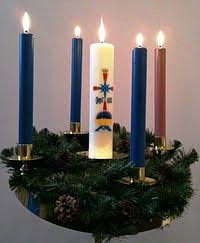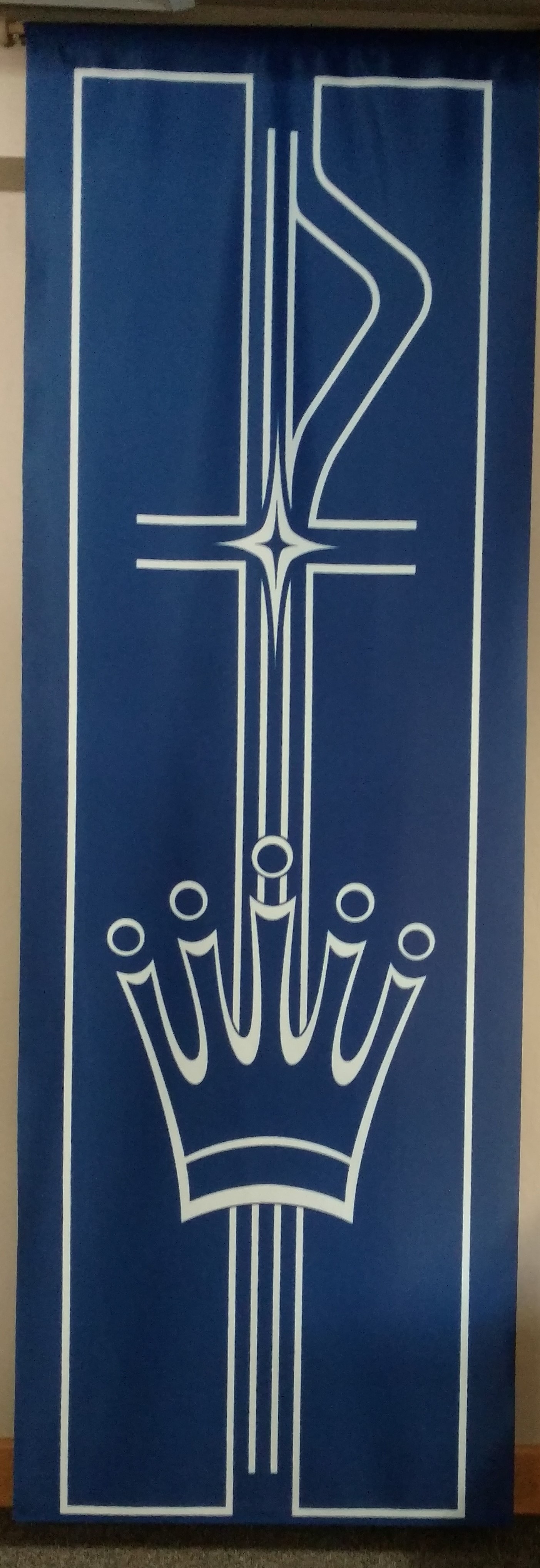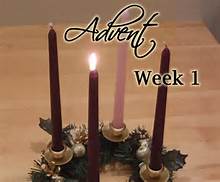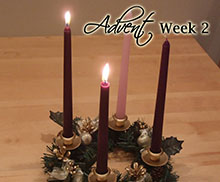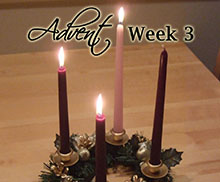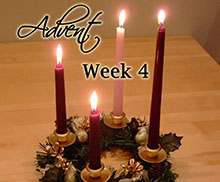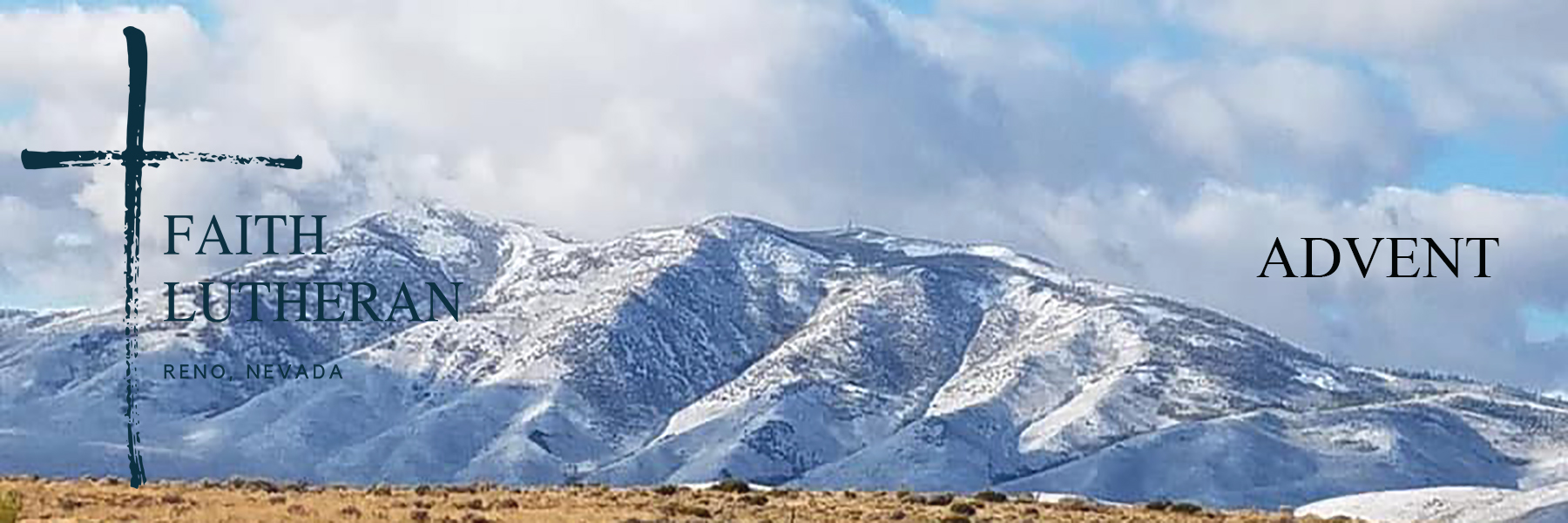
Advent Begins History
Advent is a four-week period that marks the beginning of the Christmas season. It is a time of spiritual preparation before the celebration of the birth of Christ. In the Roman Catholic tradition, it is also a time of penitence. The period of Advent involves reflection about what it meant for the world before Christ came and preparing the church and hearts for the true meaning of Christmas.
Advent Begins Top Events and Things to Do
Decorate your home with evergreens or go to a ‘Hanging of the Greens’ church service. Church members decorate the church in preparation for Christmas.
Hang up an advent calendar. Many of these decorative pieces have little doors that open and reveal holiday images or have pockets with small items in them that reflect the season. They are especially popular with children who enjoy opening the little doors to reveal chocolates.
Sing Advent Hymns. Two popular ones are in the Deep Midwinter, and O Come, O Come Emmanuel.
Advent Begins Facts & Quotes
Each Sunday in Advent has a particular theme The first week is faithfulness, associated with Christ coming in final victory. The second and third Sundays, which feature the stories about John the Baptist, represent hope and joy. The fourth Sunday, which covers the events that led up to the birth of Jesus, represents love.
Many churches light a candle on an advent wreath each Sunday to represent each theme. The wreath is either suspended from the ceiling or sits on a table. It is made of evergreen branches and holds four candles – three purple for the first weeks of Advent and a pink one for the last week. A white Christ candle is placed in the center and will be lit on Christmas.
A common activity for children is to make Christmas ornaments. Many church Christmas trees are decorated with these ornaments that represent symbols in Christianity, like doves and fish.
Advent starts the four Sundays before Christmas. Church banners and cleric’s stoles are purple during the season.
“Advent is a journey towards Bethlehem. May we let ourselves be drawn by the light of God made man” – Pope Francis via twitter on Dec 21, 2013.
The Season of Advent: Hope, Love, Joy, and Peace
Here are some things that you may or may not know about Advent.
The word Advent means “coming” or “arrival.”
Advent is a time of expectation and preparation for the birth of Jesus, and is celebrated during the four weeks before Christmas.
The Advent season has two meanings, both the celebration of Christ coming into the world as a man, and the second coming when the Lord will return again.
Advent is a reminder of the Old Testament promises of the coming of the Messiah, and Isaiah is often read during this season to remember that we are waiting for the day when the Messiah will come again.
